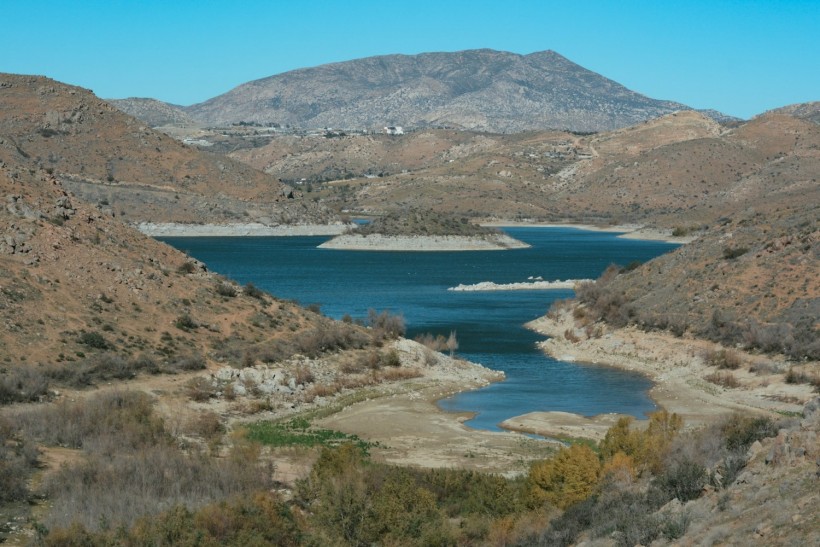River pollution has been detected in the Tijuana River, a 120-mile-long intermittent river along the Pacific coast, between southern California and Mexico's northern Baja California province. The findings are based on a new report by researchers from San Diego State University, who described the state of the body of water as "a public health crisis" since it is suffering from untreated sewage and industrial waste, as well as urban run-off.
The authors of the report attributed "inadequate infrastructure and urbanization" as the cause of the river contamination, threatening the health of residents living near the body of water. Weather-related events could also amplify the problem when heavy rain causes the overflow and flooding of the Tijuana River. Furthermore, the environmental issue can also affect aquatic life and their ecosystems, including bottlenose dolphins.
In terms of health problems, pathogens in the river's water along with organic chemical compounds can also spread to local community members, both on the United States and Mexico sides of the river. In relation to the report's findings, the researchers call for improved monitoring and investigation of the matter, including potential localized exposures and health impacts, to address the situation.
Tijuana River Contamination

Findings about the Tijuana River contamination is based on a white paper that is yet to be peer-reviewed. However, the San Diego State University researchers utilized multiple studies that documented related pollution events in previous years. The situation is more dire than it may seem since some bottlenose dolphins stranded in San Diego had already died of infection from the bacteria Erysipelothrix rhusiopathiae.
In November 2023, local leaders and community organizers in San Diego and other areas have been reported to plead with California Governor Gavin Newsom to intervene regarding the pollution in the Tijuana River Valley and body of water's sewage crisis.
Also Read: New Study Shows River Pollution Are Caused by Mixture of Chemical Cocktail
Water Pollution Deaths
The Tijuana River contamination problem is only the tip of the iceberg, as some other bodies of water in the world also experience pollution, leading to hazardous health effects and sometimes even deaths. In previous years, scientists have observed a growing threat affecting our rivers, lakes, streams, and oceans. The majority of this threat comes from anthropogenic or human-caused activities, in addition to natural factors.
Water pollution happens when dangerous substances, often chemicals or microorganisms, contaminate an aquifer, lake, river, ocean, stream, or other body of water. This contamination degrades water quality, making it toxic for humans and the environment, according to the Natural Resources Defense Council (NRDC), a non-profit environmental advocacy group.
In 2023, the NRDC reported that water pollution had caused the deaths of 1.8 million people in 2015, according to a study published in the journal The Lancet. If not death, contaminated water can make a person ill, with unsafe water being accounted for sickening approximately 1 billion people every year. Scientists said that low-income communities close to polluting industries are mostly affected by the pollution.
Related Article: Sewage Pollution Greatest Threat to River Biodiversity [Study]
© 2024 NatureWorldNews.com All rights reserved. Do not reproduce without permission.

![Tsunami Hazard Zones: New US Map Shows Places at Risk of Flooding and Tsunamis Amid Rising Sea Levels [NOAA]](https://1471793142.rsc.cdn77.org/data/thumbs/full/70325/280/157/50/40/tsunami-hazard-zones-new-us-map-shows-places-at-risk-of-flooding-and-tsunamis-amid-rising-sea-levels-noaa.jpg)



